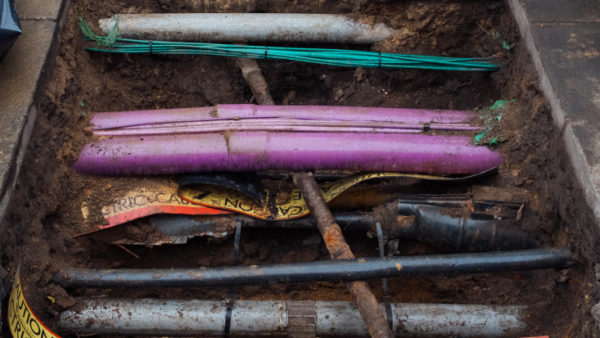The decision to migrate its BIM design teams to virtual workstations in the cloud has saved the major US engineer and contractor Southland Industries hundreds of thousands of dollars in hardware and set up costs, a senior director has told BIM+.
All engineers and detailers at the firm’s three divisions covering the west coast, north and south California, and Portland, Oregon, can now use laptops or mobile devices to remotely modify and collaborate on 3D models via the Workspot virtual workstation environment, which runs on Microsoft’s Azure cloud platform.
Workspot leverages virtual PCs powered by high-end Nvidia graphics processors to allow BIM users to run resource-hungry graphics applications such as Autodesk Revit, Navisworks or AutoCAD.

In the past, we had to purchase every user a desktop with a high-end graphics card, or a workstation laptop, and the lack of connectivity meant that all the model data had to be replicated to their location, whether it was a job site or another office.– Israel Sumano, Southland Industries
The service provides high-speed data transfer in any region covered by Azure. Employees at Southland Industries also use a virtual desktop environment in Workspot to access regular work files like PDFs and Excel spreadsheets.
Israel Sumano, senior director of infrastructure at Southland Industries, told BIM+: “In the past, we had to purchase every user a desktop with a high-end graphics card, or a workstation laptop, and the lack of connectivity meant that all the model data had to be replicated to their location, whether it was a job site or another office.
“With Workspot I only need invest in lower-end hardware and it’s much cheaper to bring a new jobsite or office online. As a result, the cost reduction can be anywhere between US$150,000 to 300,000 per new jobsite or office.”
Southland Industries spent five years assessing different virtual desktop infrastructure (VDI) technologies, providers and hardware, including systems that could be run on company premises or in the cloud, before settling on Workspot.
The search was primarily driven by the need for seamless real-time collaboration between design teams. Poor connectivity meant the firm was forced to replicate about 50 terabytes of data to 17 different locations to enable users to collaborate on the same models.
“Data growth and the complexity of data in each model meant we were just not going to be able to continue replicating it without running into overwrite issues and queuing problems, it was becoming unsustainable,” said Sumano. “Workspot allowed us to centralise all our data in one location, without replication, and have users from anywhere access the same datasets.”
The service still requires a “fairly decent” wi-fi connection, says Sumano, throughput can reach about 1MB/sec when transferring a data-heavy model. The only real limitation is change management, he said: “It was a big change, but implementing Workspot in three divisions has warmed our users to the process and now every division wants to make the switch.”
The move to virtual workstations has also had a positive impact on recruitment, enabling Southland Industries to hire and use new staff at almost any location, instead of having to hire then relocate them to one of its offices or job sites.
Additional tools in the cloud have made it possible to assess the performance of each machine, as well as visualising utilisation rates and trends. “We can take preventative measures when we see something that’s not working properly, which is very hard to accomplish using hardware workstations distributed across multiple locations,” said Sumano.
Southland Industries now plans to migrate its Mountain West Division (the Central US division) to Workspot in October, and the East Coast and Mid Atlantic divisions will follow in the second quarter of 2020.













